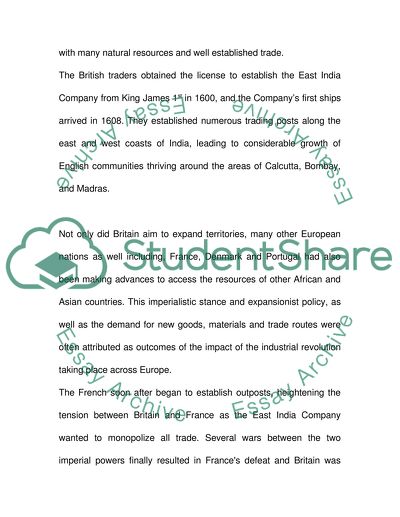Cite this document
(“Partition of India Essay Example | Topics and Well Written Essays - 2000 words”, n.d.)
Retrieved from https://studentshare.org/history/1531532-partition-of-india
Retrieved from https://studentshare.org/history/1531532-partition-of-india
(Partition of India Essay Example | Topics and Well Written Essays - 2000 Words)
https://studentshare.org/history/1531532-partition-of-india.
https://studentshare.org/history/1531532-partition-of-india.
“Partition of India Essay Example | Topics and Well Written Essays - 2000 Words”, n.d. https://studentshare.org/history/1531532-partition-of-india.


